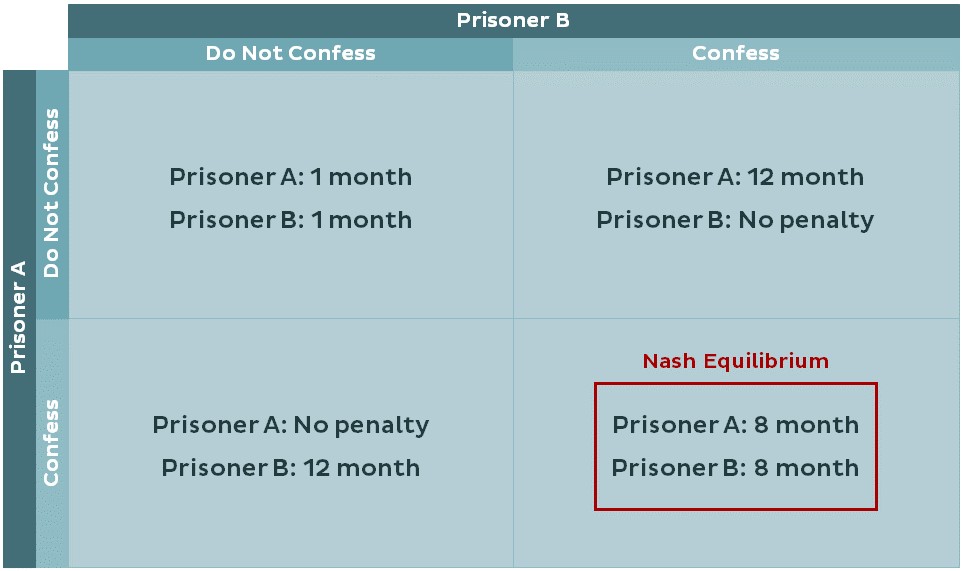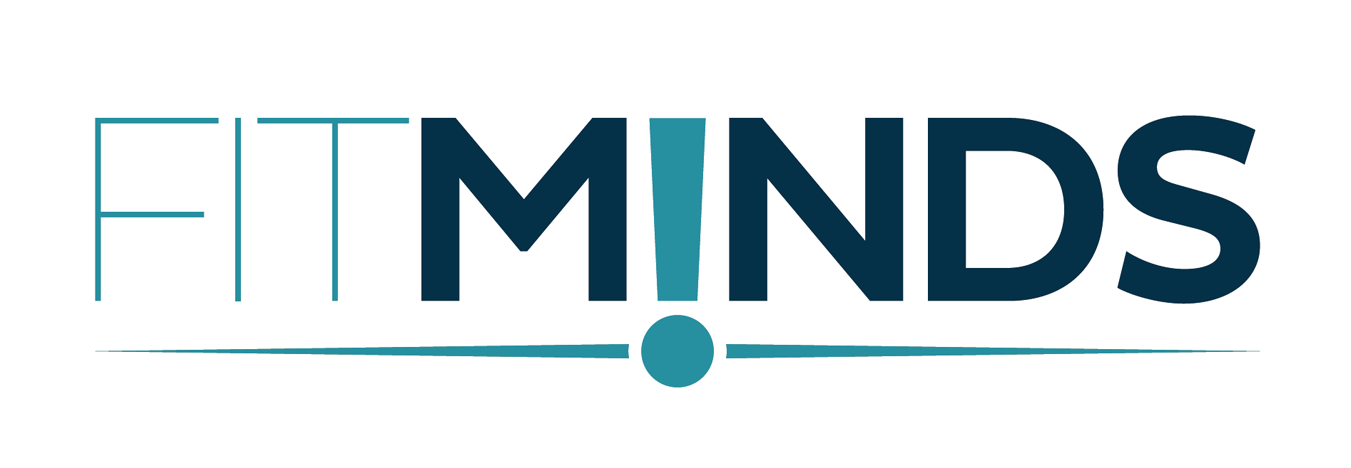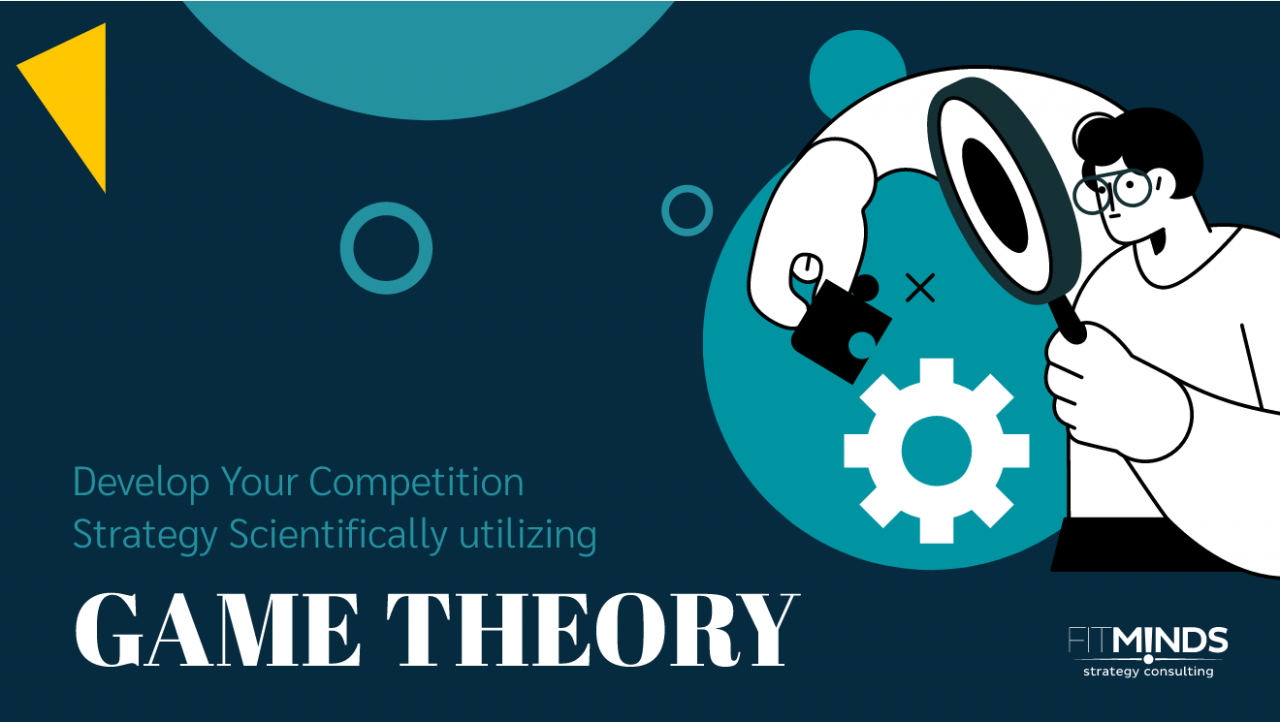Game Theory in a Nutshell
Game theory examines decisions of rational players based on the outcomes of adopted strategies for each player.
In a competitive environment, companies can benefit from game theory to determine optimal strategy subject to expected competitive moves.
Prisoner’s Dilemma and Nash Equilibrium
Two key concepts will help you figure out how to assess competitive moves in a market from game theory perspective: “Prisoner’s Dilemma” and “Nash Equilibrium“.
Suppose that two thieves are planning to rob a shop, but before they can enter the shop, they are caught on the shop’s yard. Police do not have enough evidence to accuse suspects of theft, so they can only prosecute them for trespassing.
For police, to prove that it is theft, at least one of thieves must confess to the crime. Police isolates each prisoner and makes the following proposal to each of them:
- If none of you confesses, both of you will be sentenced to 1 month in prison
- If you do not confess and your partner does, your partner will not be penalized but you will be penalized for 12 months
- If you confess and your partner does not, you will not be penalized, and your partner will be sentenced to 12 months
- If both of you confess, you will both be imprisoned for 8 months.

What should the prisoners do to maximize their self-interests? From the point of view of prisoner A, regardless of what his partner does, “confess” is a better alternative than “do not confess”:
- If Prisoner B does not confess, “confess” is the better strategy for Prisoner A because:
- if Prisoner A does not confess, Prisoner A will be sentenced for 1 month;
- if Prisoner A confesses, Prisoner A will be free.
- If Prisoner B confesses, “confess” is again the better strategy for Prisoner A because:
- if Prisoner A does not confess, Prisoner A will be sentenced for 12 months;
- if Prisoner A confesses, Prisoner A will be sentenced for 8 months.
Same reasoning applies for B.
Nash Equilibrium is a model which states that the position where no player can make a gain by changing his/her the strategy is the most expected outcome. If no player changes their decision when each player’s strategy is explained to the others in a game, the existence of Nash Equilibrium is proven. In the Prisoner’s Dilemma example, the Nash Equilibrium is the result where both prisoners are sentenced to 8 months because it is not possible for none of the prisoners to be better off by changing their own strategy.
A Simple Roadmap to Apply
- Determine your strategic options
- Determine your competitor’s strategic options
- Assess your and your competitor’s payoff for each strategy set
- Try to find a Nash Equilibrium
- If there is no Nash Equilibrium, develop scenarios.
Example: Entering a Price War with a Competitor of Similar Cost Structure
Suppose there are two florists selling in the same region:
- If the first florist is more expensive, everyone would prefer the second florist and the second florist would get all income.
- The opposite is true if the second florist is more expensive.
- If both florists sell at the same price, they share the revenue equally.
- If they both sell for the same amount at a higher price, their revenue would increase.

Summary
Game theory provides a framework that enables individuals to make optimal decisions in competitive situations. It has many applications in business life as well. Using game theory, you can analyze competition and try to predict the behavior of your competitors. By doing so, you can better the competition in your market and increase your revenue.
Contact us to help you build a resilient competition strategy for your company.



